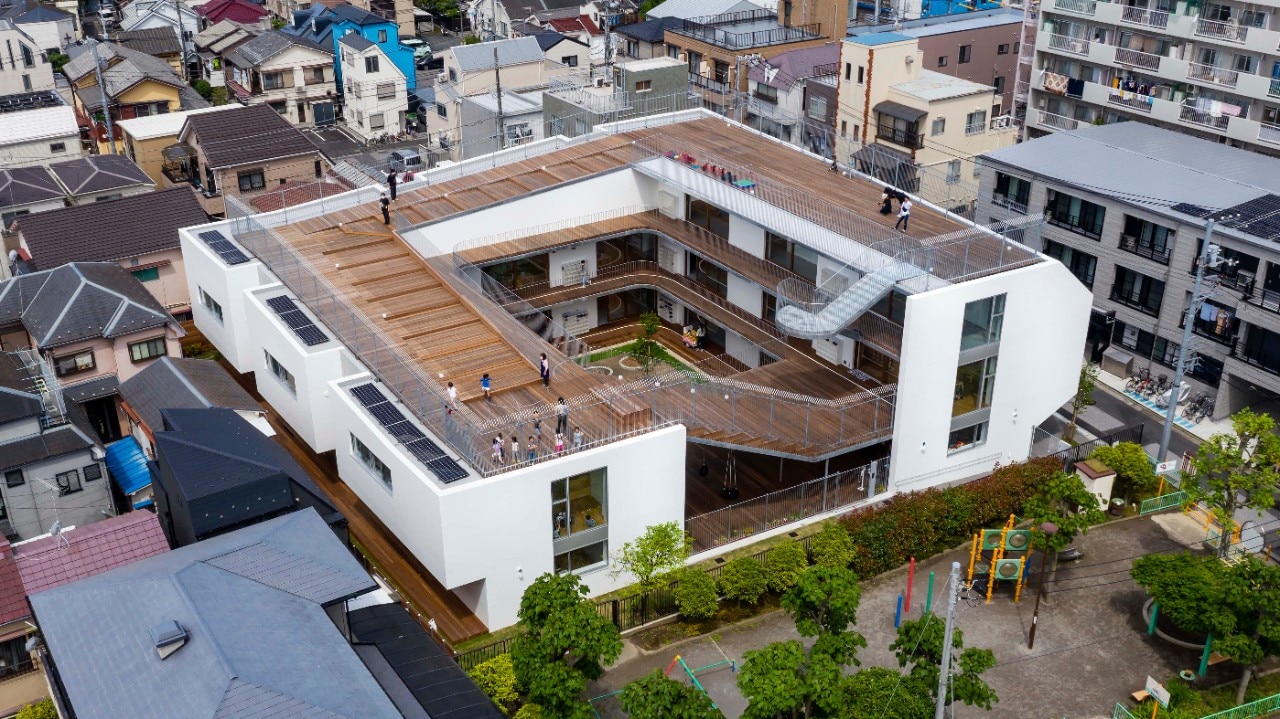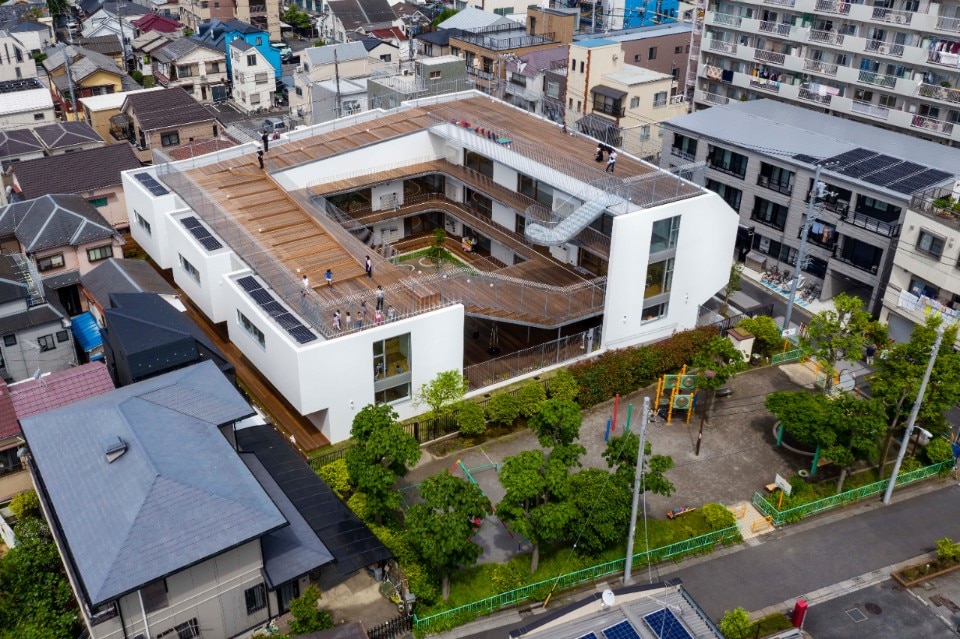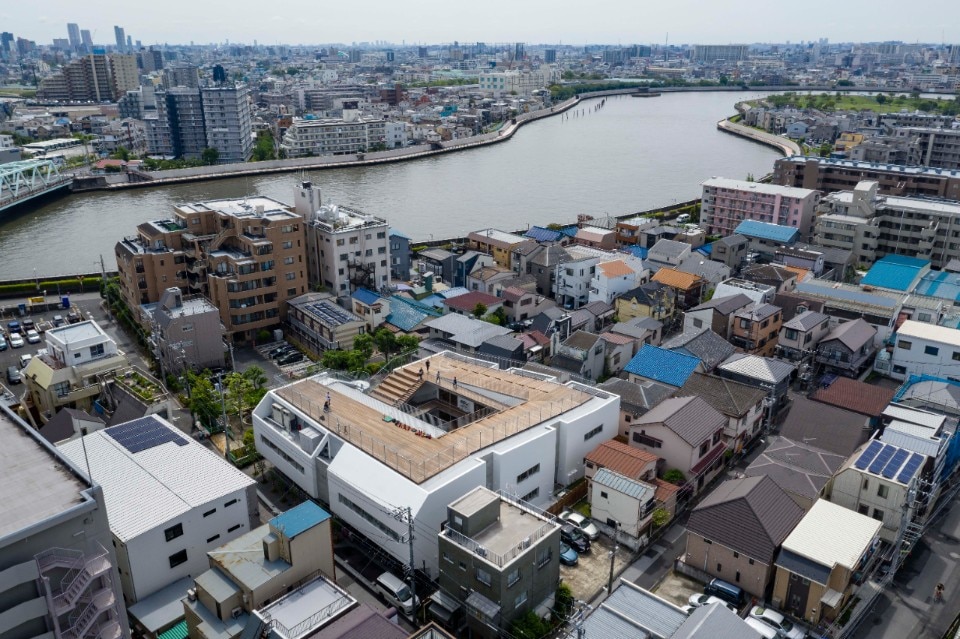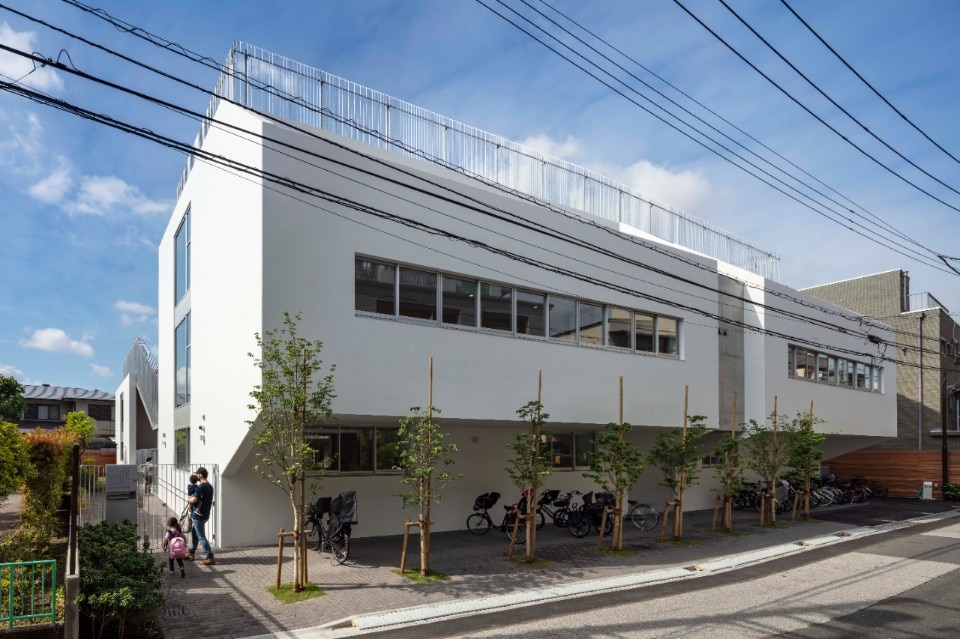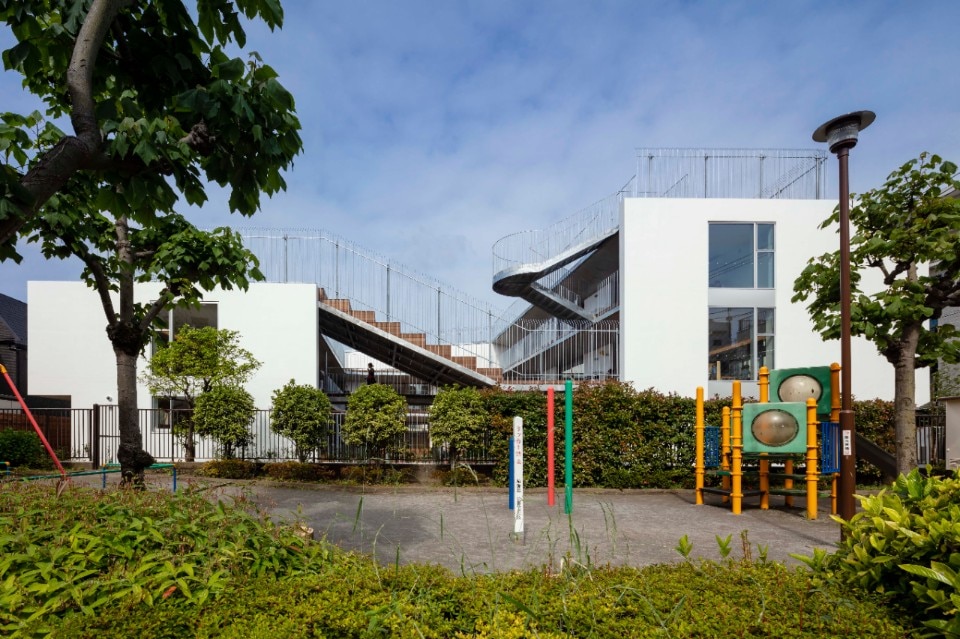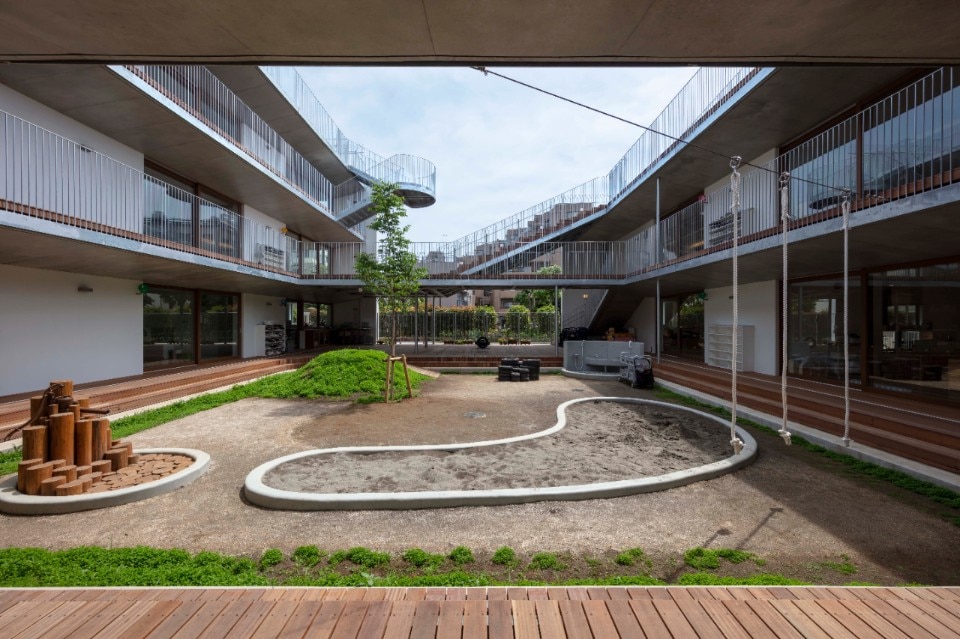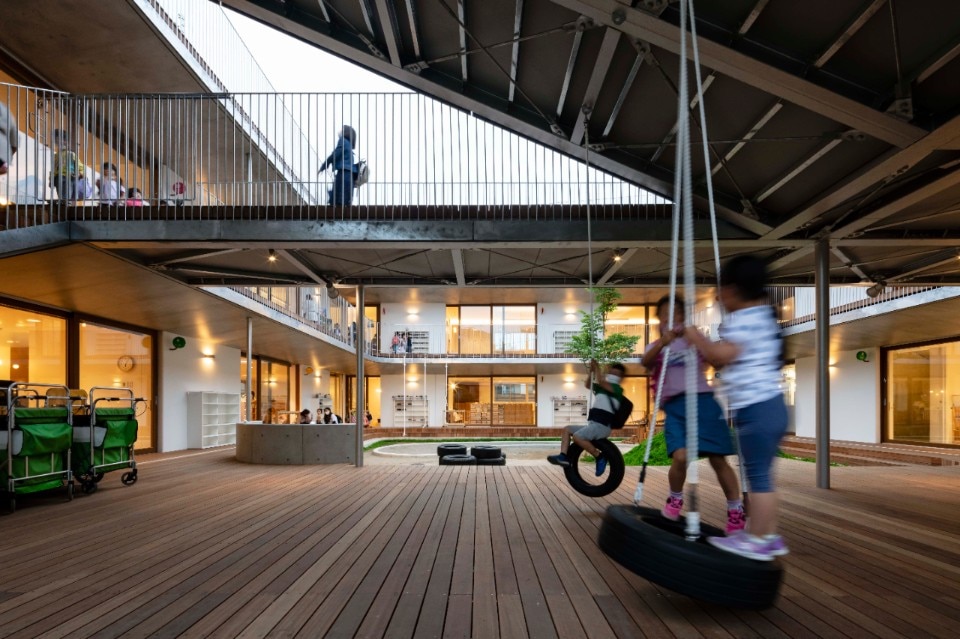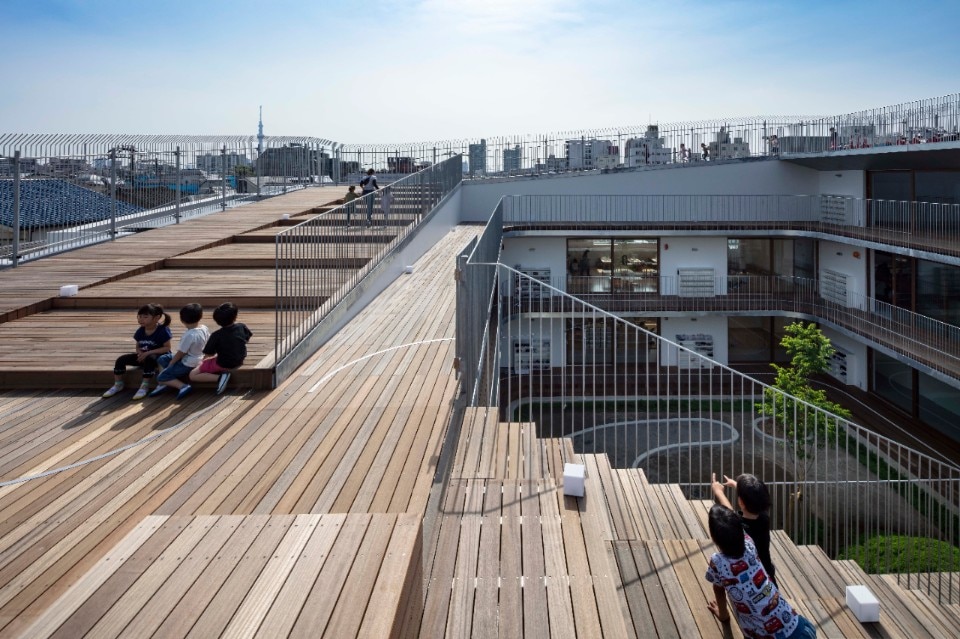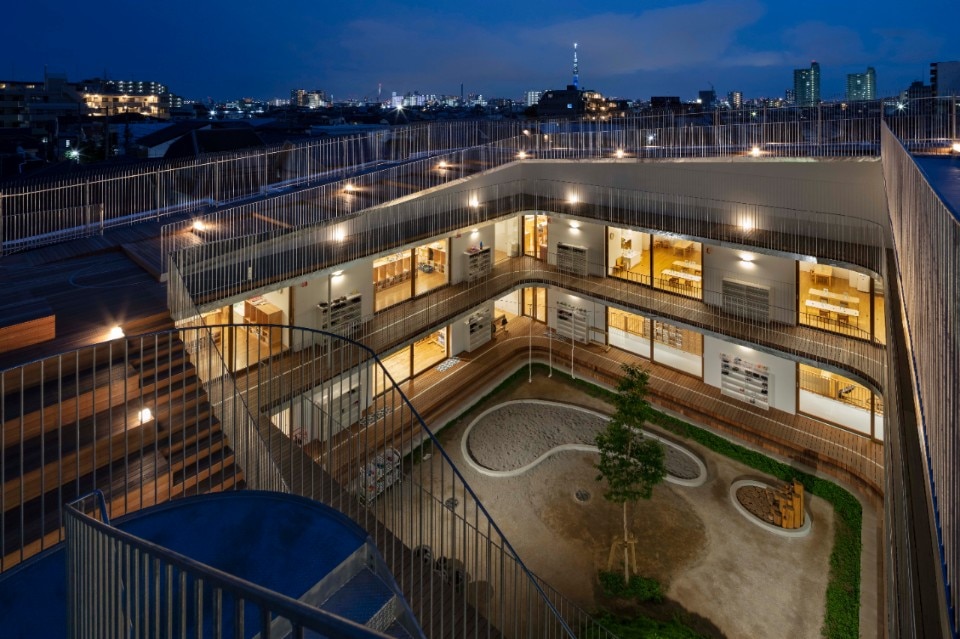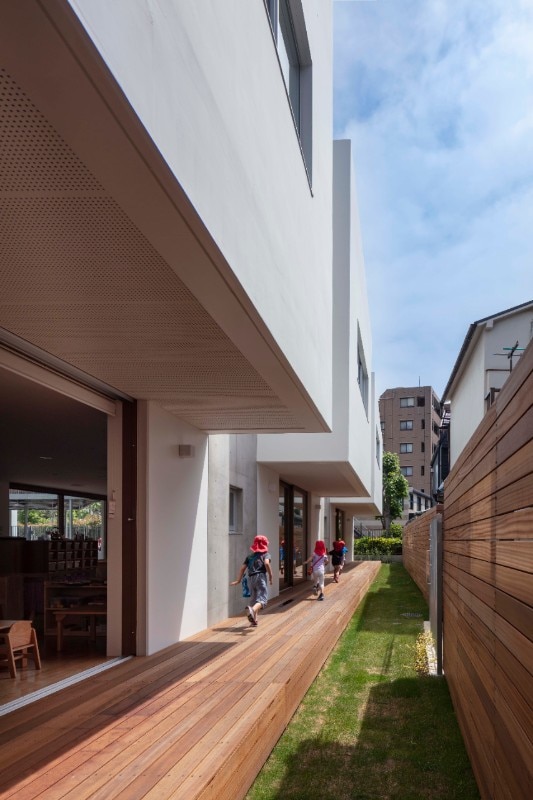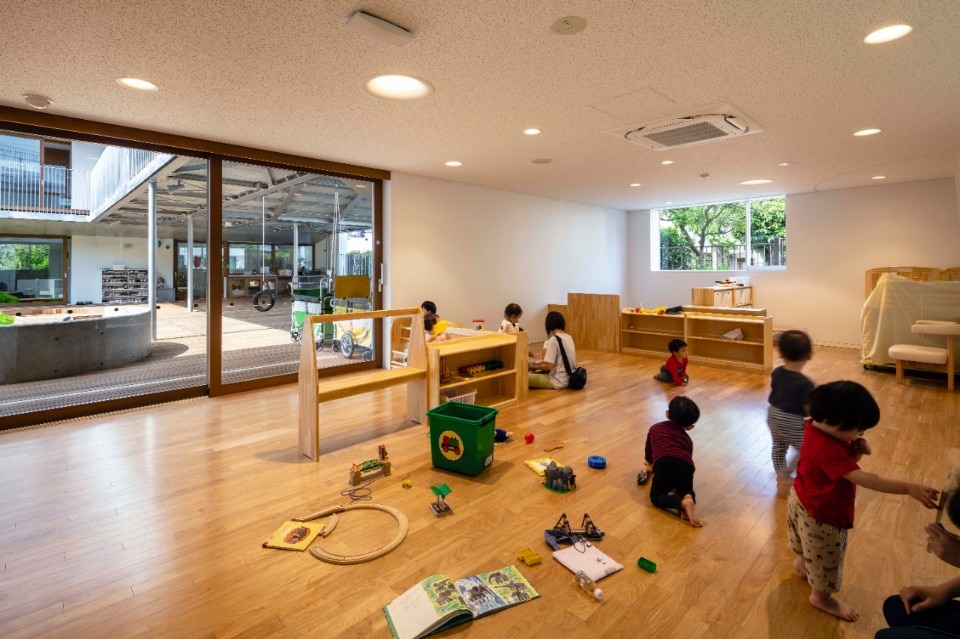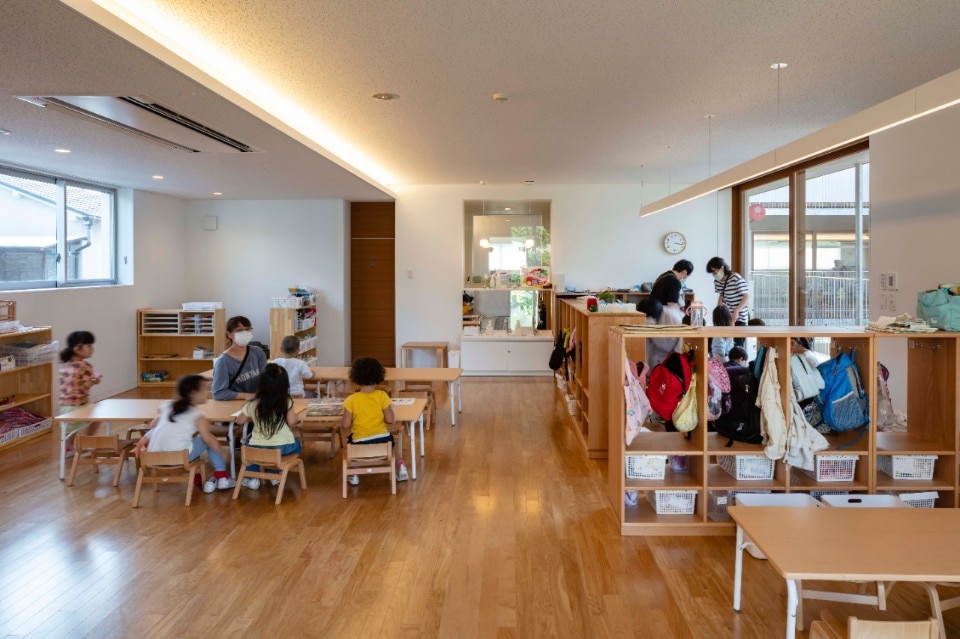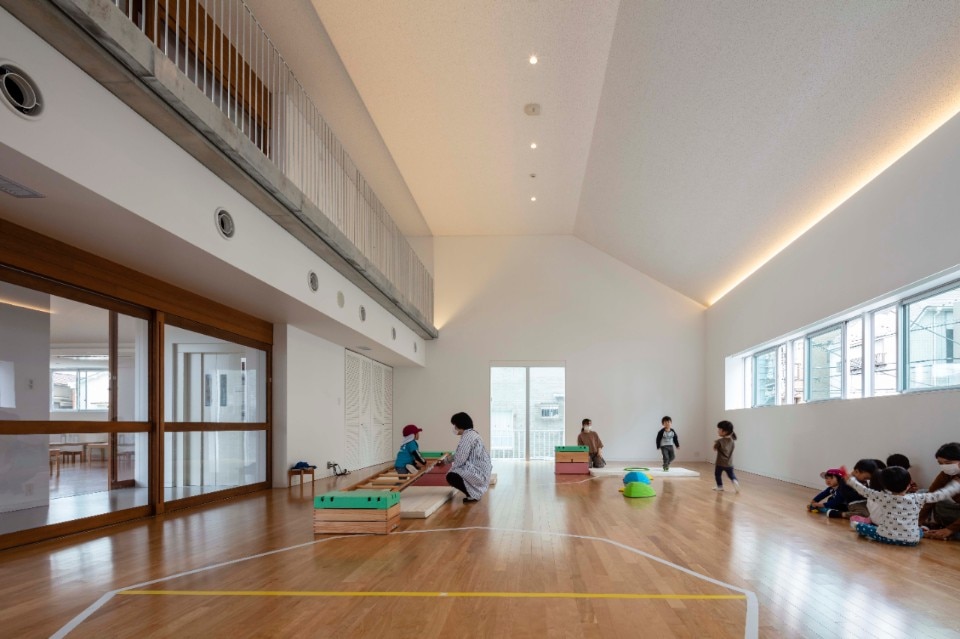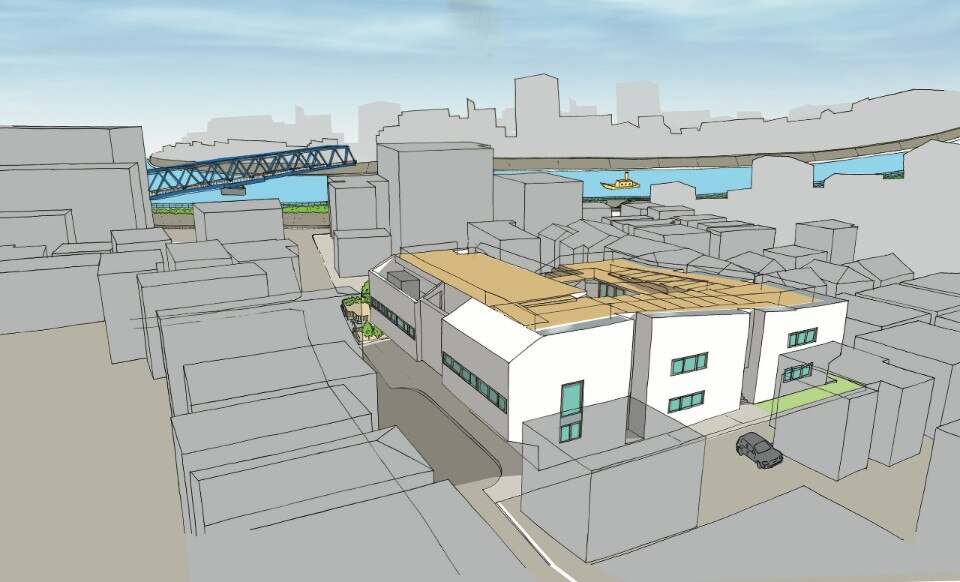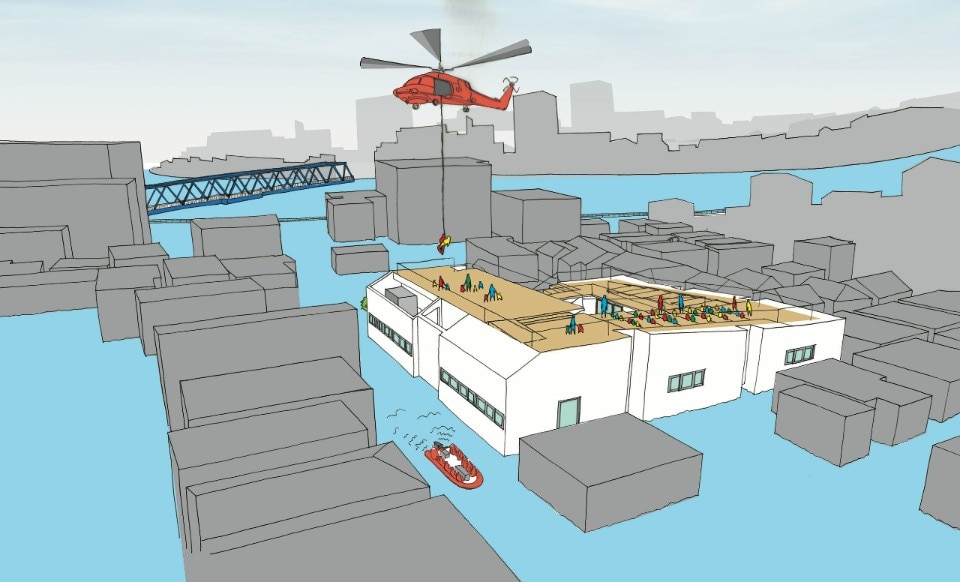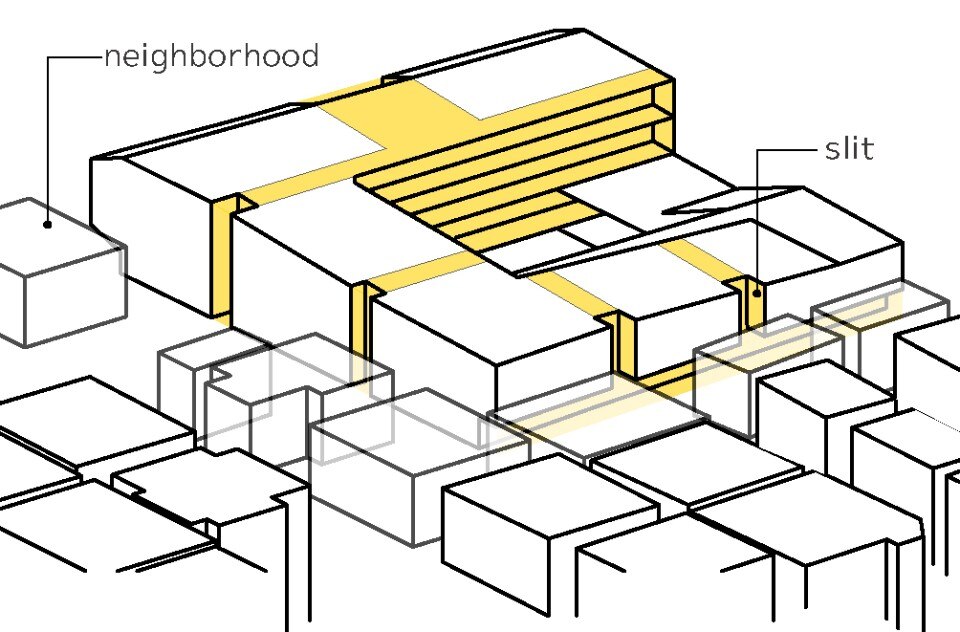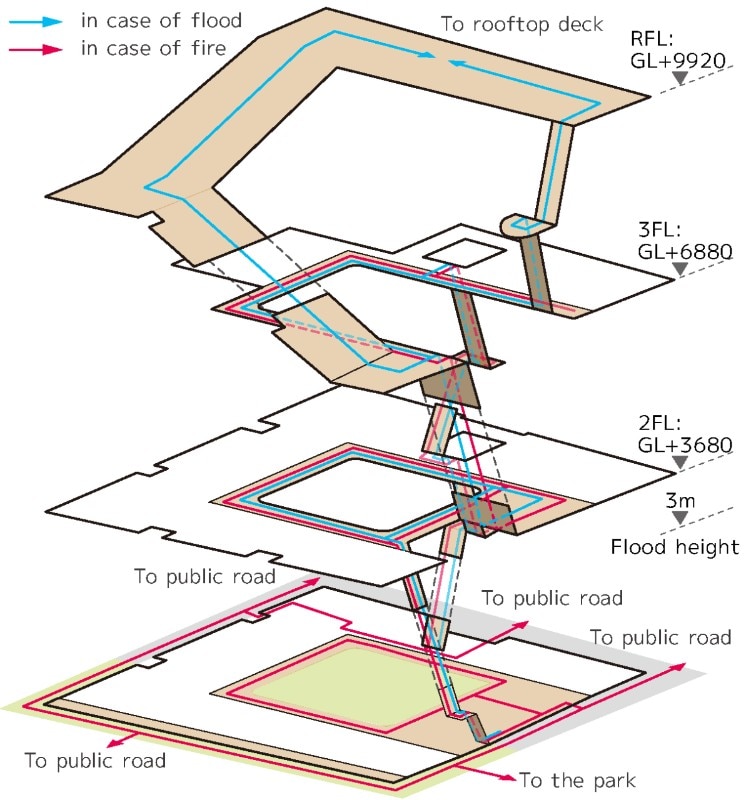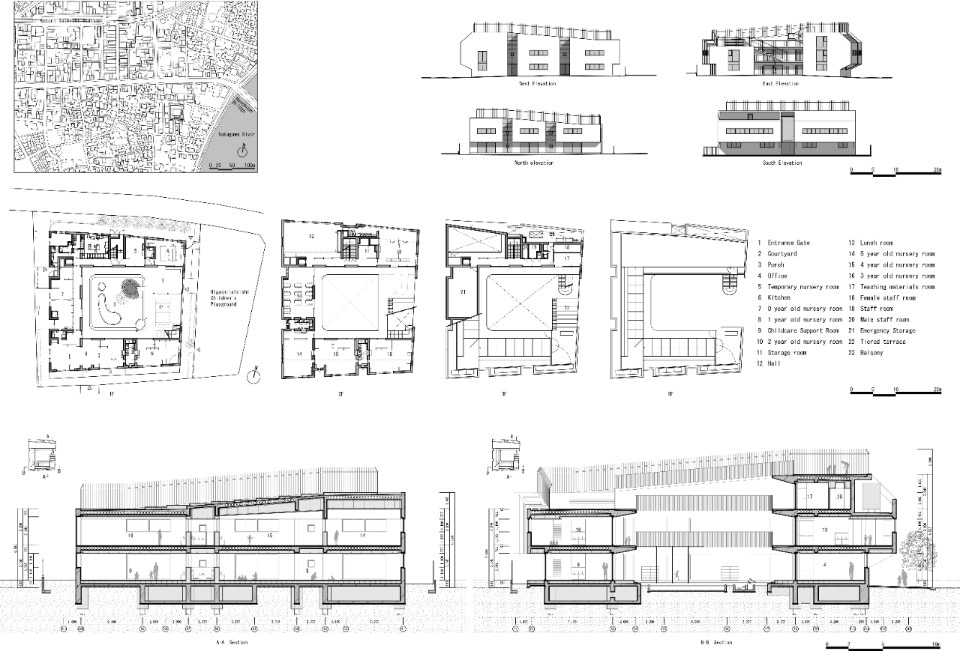This article was originally published on Domus 1064, January 2022.
The proposal by A.A.A., Aisaka Architects’ Atelier, for the rebuilding of a new kindergarten in the Katsushika district of Tokyo began from some fundamental points
First, in the order of importance, the building had to cope with flooding from the nearby Naka and Arakawa rivers – an event that could potentially happen considering the entire neighbourhood is located on a flood plain below sea level. Second, that it could be a place of fun open to the entire community – thanks also to the park close by – and respectful of the surrounding cityscape.
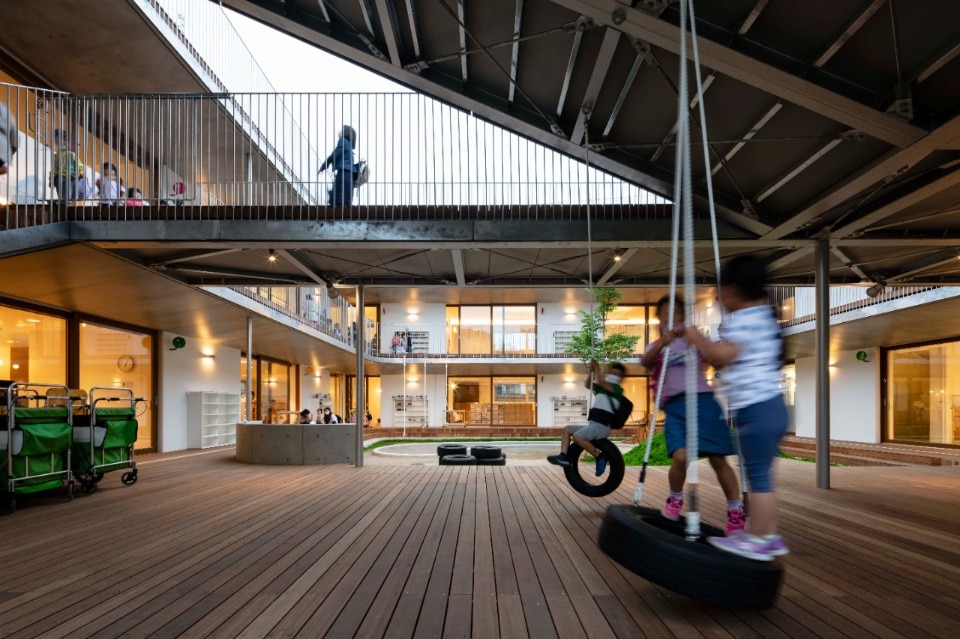
Kensuke Aisaka, who founded the studio back in 2003, admitted he approached the task as if it were “an equation with enormous variables and multiple unknown factors.” How to create, for example, a flexible environment that can respond to natural disasters and social upheavals in the long term?
The solution is programmatically divided into four parts: a safe “home” and environment where children can play freely; a “park” and vast outdoor spaces for physical activities and exercise; a “school” for learning and appreciating the value of life and food; and a “fortress” that protects the community during floods and other potential calamities
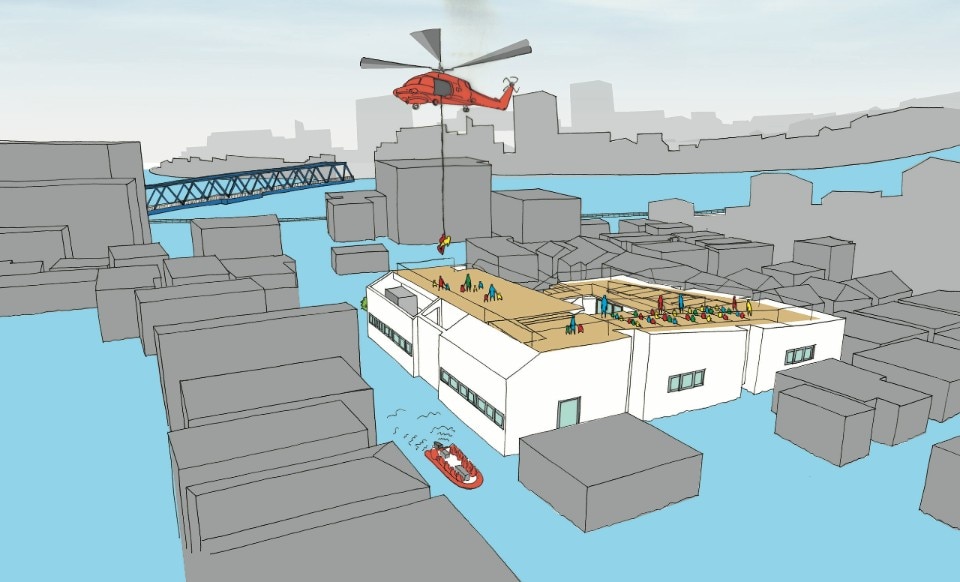
The building, 10 metres tall on three storeys, amasses most of its rooms on the second floor (3.7 m above ground). The structure in reinforced concrete is made up of flat concrete slabs and radial wall pillars that can resist considerable water pressure. To guarantee privacy and muffle noise coming from the densely populated neighbourhood, three sides of the building are closed off towards the outside and instead face an inner courtyard, while only the fourth side overlooks the park. On the north side, the first floor is set back from the street to facilitate access and traffic.
Finally, the diversified routes inside seek to create playful itineraries but can be used so they can be easily reached in the event of an emergency, like the fire escape that goes all the way up to the roof and the wide tiered roof and steps where school students and staff (200-300 people) can wait for help to arrive.


